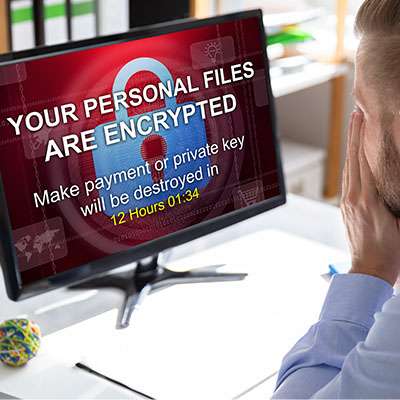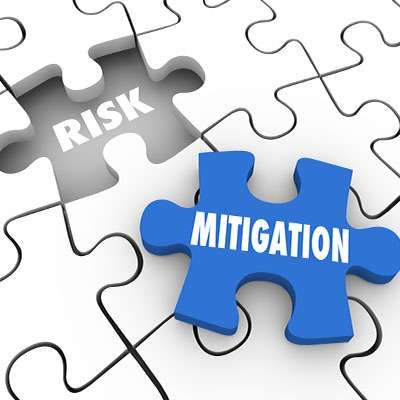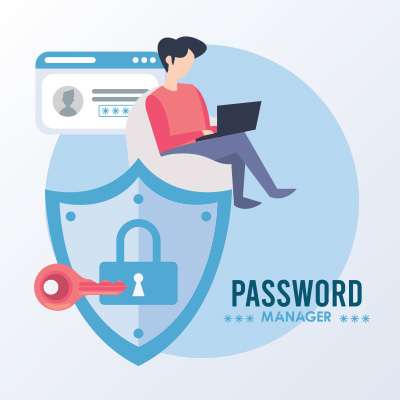Have you heard of the “man-in-the-middle” attack or MitM? It’s a situation where your data is stolen by an onlooker who situates themselves in the right place at the right time. Data interception is a very real thing that your organization should be prepared to fight against. Listed below are some strategies you can use to counter these sneaky attacks.
Macro Systems Blog
It can be too easy to look at ransomware as a business problem; it does attack businesses, locking down their data for ransom, usually selling it or spreading it, and sometimes altering it for the business if returning it at all. It can be too easy to overlook another impacted target in all the mess.
What happens to the people whose data a business has collected and uses?
Phishing is one of the most prevalent issues individuals and businesses must confront when operating online. This is because there are literally billions of these scam attempts sent each day. That’s right, billions. With over a hundred billion scam attempts sent every year, your business is already getting phished, it’s just a matter of time before someone falls for it.
There are many parts of running a business where you can't be too careful, one of which is the realm of cybersecurity. Many of the preventative measures you can implement aim to keep issues from making their way to your infrastructure in the first place, which makes sense from an operational standpoint. With an endpoint detection and response solution—or EDR—you’ll take an important step toward keeping most threats off your infrastructure.
On Wednesday, April 10, 2024, Apple deemed it necessary to send a rare alert to certain users via email, spread out across 92 nations. As Apple’s website states, these threat notifications “are designed to inform and assist users who may have been individually targeted by mercenary spyware attacks.” Listed below is a review of these attacks so we all comprehend this threat better.
Small businesses are presented with the challenging prospect of monitoring and policing various IT-related policies that you might have for your network infrastructure and workplace technology use. The difficulty of this notion does little to lessen its importance. You need to take action to protect your assets, data, and reputation from the countless threats out there, and ensuring that your employees are properly using technology is paramount to this endeavor.
Mobile malware isn’t common, but it’s growing increasingly more so. You may have heard of a malware called XLoader, which has been utilized to victimize people in over seven countries. This mobile threat has seen various iterations over the past several years, but you should be especially concerned these days.
The effectiveness of your business' IT security heavily relies on the functionality of your IT operations. Making sure that your staff comprehends their role in safeguarding your business assets is critical. Let’s delve into the essential priorities for establishing a robust security training platform, an indispensable element in fortifying your business' IT defenses.
For the IT administrator and the small business owner, it can be a bewildering experience when your organization comes under siege from employee-induced cyberthreats; especially if you, like many other organizations, have started prioritizing security training. Even if the threat is thwarted early and the effect on the business is negligible, it is critical that you trust the people who have access to your organization’s digital resources. Listed below are some of the reasons some of your staff take cybersecurity initiatives worse than others.
It’s an unfortunate fact that all businesses will inherently face some type of threats during their operations; that’s inevitable. From cyberattacks to natural disasters to good, old-fashioned accidents, you’re liable to face no small risk. This risk makes a process known as risk mitigation so imperative for all businesses to undergo with some regularity.
Listed below are the aspects of creating and maintaining a dependable risk mitigation strategy.
You might have noticed that business insurance companies are starting to show an interest in how you are protecting your technology and data. If your org has been in touch with your insurance provider regarding modifying or renewing your business insurance, you were likely handed a lengthy questionnaire about your cybersecurity. Let’s take a look together to help you make informed decisions on how to handle your IT and how to prevent your insurance costs from skyrocketing.
Passwords are the keys to digital access, but they're often not treated as keys; they aren’t always protected by their users. Alas, people don’t always do everything they can to protect their passwords and there are a lot more scammers out there than pickpockets.
Effective password management is imperative for any organization. It works to maintain the security of online accounts and sensitive information. Listed below are five ways to control and enhance your password management.
We’re hoping that you are reading this post to prepare yourself in case your organization were to face a ransomware attack, but if you are suffering from one right now, we encourage you to reach out to us immediately, whether you are a client or not. Ransomware spreads quickly, and once it has infected a system, there really isn’t much you can do to stop it. That being said, there are steps you need to take to come back from this gracefully.
Unfortunately, some of the biggest retail days of the year are some of the biggest days for scams, the entire holiday season seeing an increase in threats toward retailers and, as a result, the consumers that are just looking for that perfect gift for their loved ones. Listed below are some statistics and trends to see what insights we can glean.























